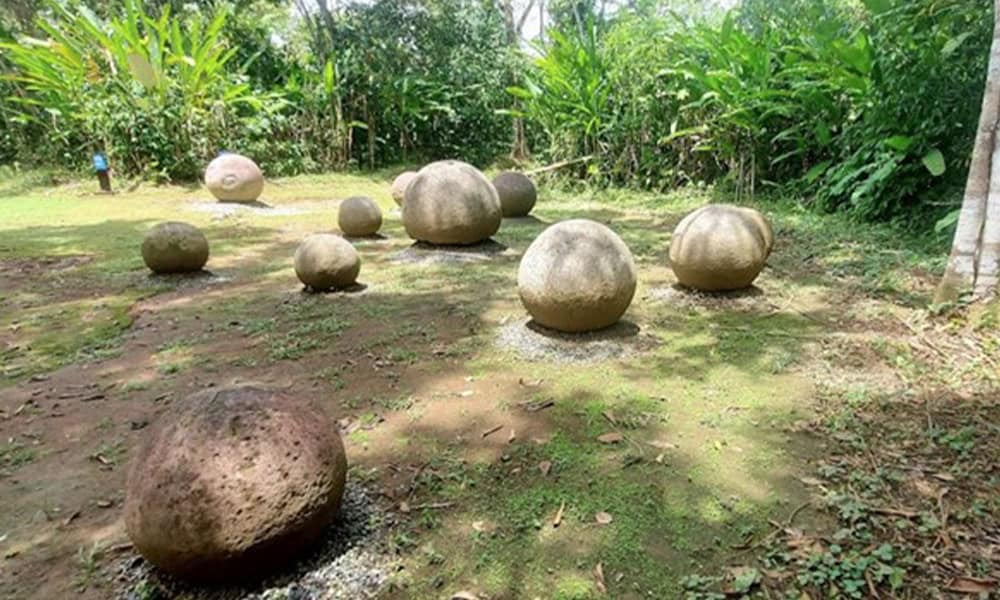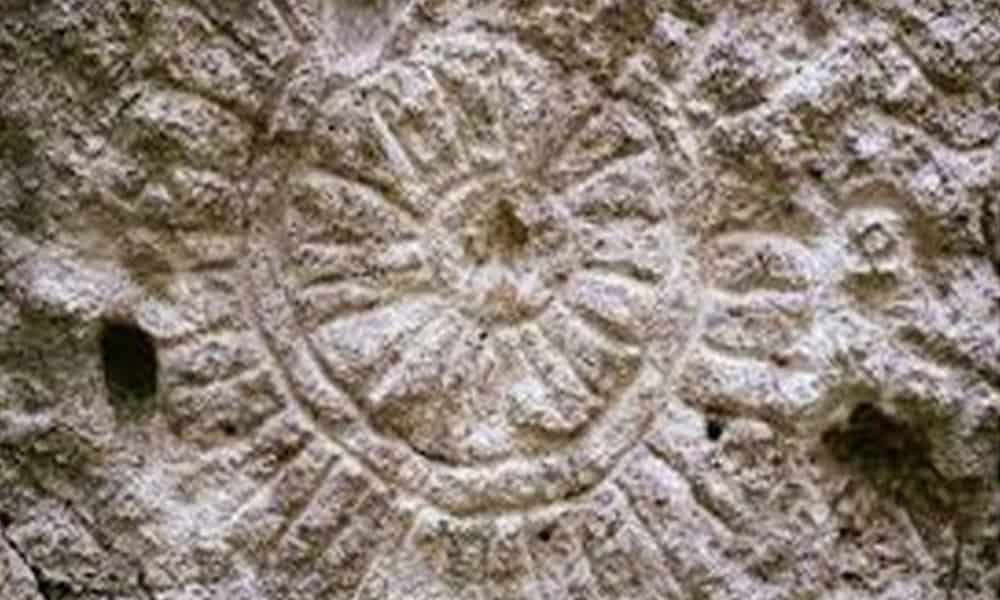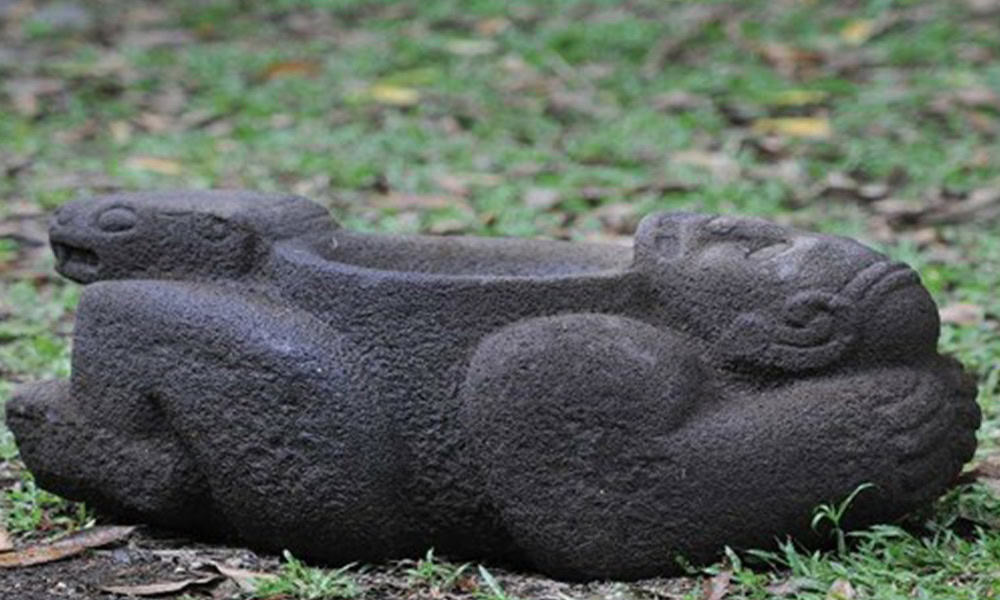In 2024, almost 3 million tourists came to Costa Rica. Many who arrived participated in tours, both of the action/adrenaline variety (rafting, ziplining, etc) and those that showcase the country’s abundant nature and wildlife. Few tourists know that besides these well-publicized excursions, Costa Rica also offers a chance to see some unique Archaeological sites that date from centuries before the arrival of European colonizers. Here are four of the best-known sites, each with its own mysterious past.
1. The stone spheres at Finca 6 (and elsewhere)

The stone spheres at Finca 6 (and elsewhere) One of two archaeological sites open to the public in Costa Rica, it is located in Palmar Sur in the Osa region in the southern zone of the country. Many of the spheres present have never been removed since their discovery. Over 300 of the carved stone balls have so far been found. They are believed to have been carved between 200 BC and 1500 AD. The spheres range in size from a few centimetres to over 2 metres (6.6 ft) in diameter, and weigh up to 15 tons.
The majority of the stones are no longer in their original locations, and have been relocated to sites throughout the country. Most are sculpted from gabbro, a coarse grained igneous rock formed deep within the earth. There are a dozen or so made from limestone, and another dozen made from sandstone.
There is a mystery surrounding the spheres. According to archaeologists’ hypothesis the spheres could represent solar systems or just be inspired by various stages of the sun and the moon as viewed with the naked eye, including setting or rising suns, and half moons. During the months of April and August a group of three spheres in a 75 meter span aligns with the sun during the solar zenith. Another hypothesis states that the spheres are an artistic and spiritual creation of the universe. In 2014 the site was added to the World Heritage List.
2. Guayabo National Monument

The other archaeological site open to the public is the Guayabo National Monument. Located northwest of the city of Turrialba, in the shadows of the Turrialba Volcano, it is about 20 hectares of protected area that dates back over 3,000 years. The site consists of a set of architectural structures constructed from river rocks and boulders and was occupied for about 2400 years. One theory suggests that it was once a thriving city, serving as a center for trade, religion, and governance. Guayabo National Monument is a Civil Engineering World Heritage site. This designation recognizes the accomplishments and engineering techniques made by the original inhabitants.
3. El Farallon

Located within a private finca near the town of Cañas in Guanacaste province, El Farallon is a rock wall with a variety of petroglyphs. The rock carvings include abstract representations of humans and animals such as monkeys, birds and fish. As with many ancient indigenous sites, there are also numerous geometric figures– spirals, concentric circles, lines, and triangles. The carvings date back to around 500 BC. Due to the quantity of petroglyphs and the state of conservation, El Farallon was declared a part the Architectural Historical Heritage of Costa Rica.
4. Las Mercedes

Las Mercedes is located in the Central Atlantic Region of the Province of Limón, between the Turrialba Volcano and the Caribbean lowlands. Covering about 25 hectares, it was the center of a large chiefdom that existed for 500 years, between 1000 and 1500 AD. The complex included a plaza for public ceremonies surrounded by residences.
There were a variety of architectural features including platforms, plazas, retaining walls, terraces, funerary areas, ramps, and paved roads. The site was excavated in the 1870s during the construction of the San Jose-Limon railroad. Besides the public areas found, many stone statues and figurines were uncovered, with many, unfortunately, being sold into private hands or donated to museums in both North America and Europe.





